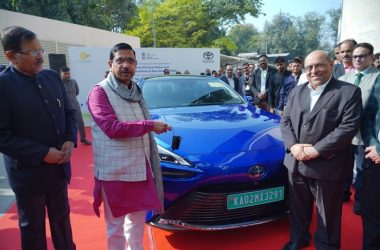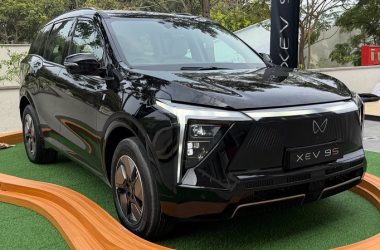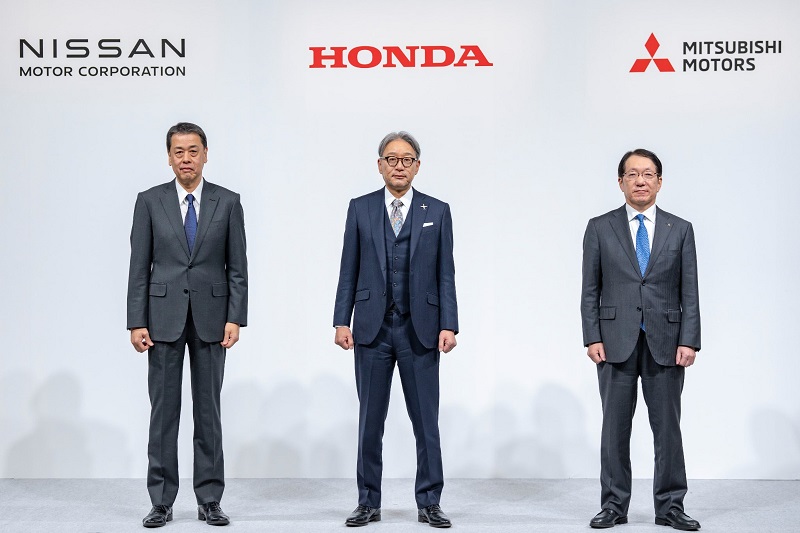In a significant shake-up within Japan’s automotive landscape, Nissan Motor Co., Ltd. (“Nissan”), Honda Motor Co., Ltd. (“Honda”), and Mitsubishi Motors Corporation (“Mitsubishi Motors”) have jointly announced the termination of their Memorandum of Understanding (MOU) concerning a potential tripartite collaboration structure. This move follows the dissolution of a separate MOU between Nissan and Honda, signed on December 23 last year, which explored the possibility of a business integration between the two automakers.
The trio emphasized that despite abandoning the proposed structural collaboration, their commitment to advancing strategic partnerships in the era of intelligent and electrified vehicles remains steadfast. This partnership framework, initiated through an MOU signed on August 1 last year, will continue to guide their collective efforts toward enhancing innovation and corporate value.
The decision to end the Nissan-Honda integration talks comes after months of high-level discussions involving both companies’ leadership teams, including their chief executive officers. These deliberations evaluated market dynamics, the objectives behind the merger, and the anticipated management strategies and structures post-integration.
Honda had proposed an alternative approach to the initial joint holding company structure outlined in the MOU. The revised plan would have positioned Honda as the parent company and Nissan as a subsidiary through a share exchange. However, both parties ultimately determined that, given the rapidly evolving automotive sector and the pressing need for agile decision-making in the face of electrification, it would be best to halt integration plans.
While the termination marks the end of formal integration discussions, Nissan and Honda stressed that they will persist in their strategic collaboration, aligning efforts to tackle the challenges and opportunities presented by the transition to intelligent and electric vehicles.
The dissolution of these MOUs underscores the complexities inherent in large-scale automotive mergers but also highlights the growing emphasis on flexible alliances in navigating the future of mobility. Industry observers will closely watch how the Japanese auto giants leverage their continued partnership to drive innovation and competitiveness in a transformative market.






